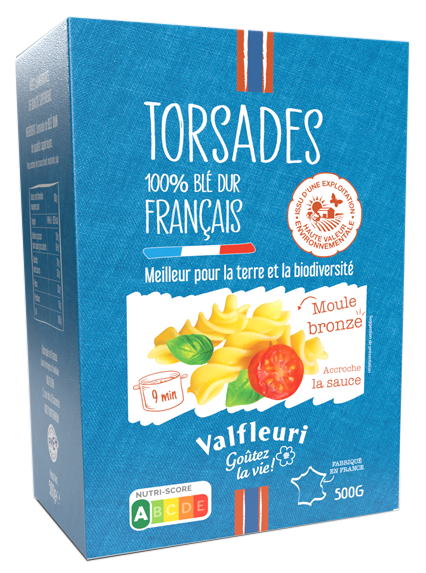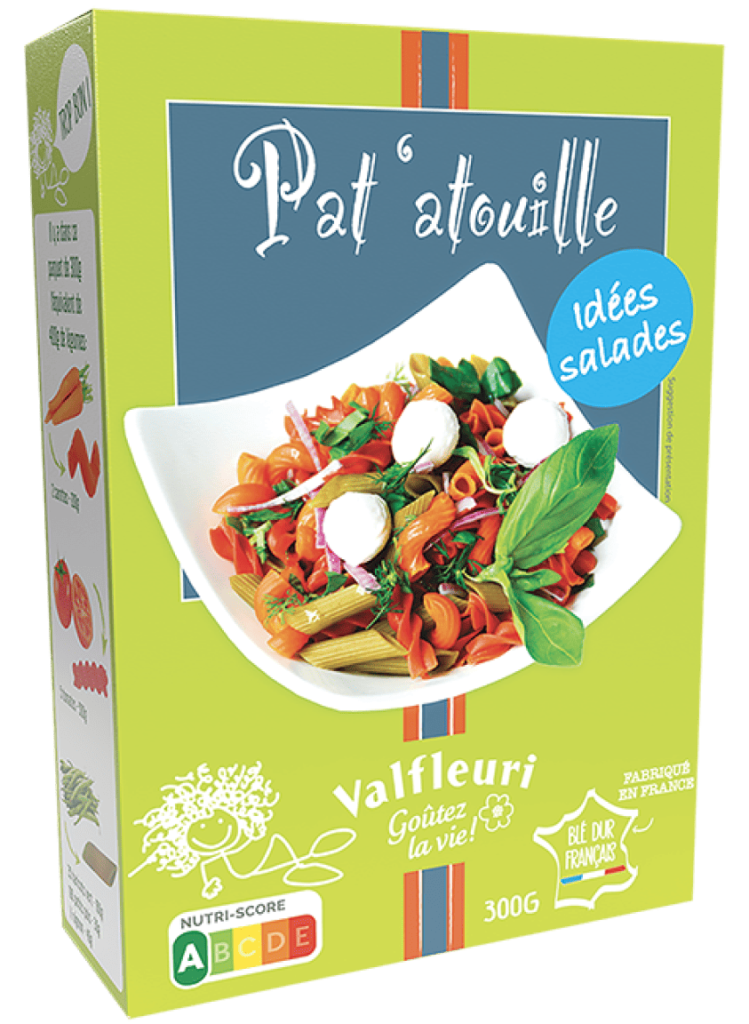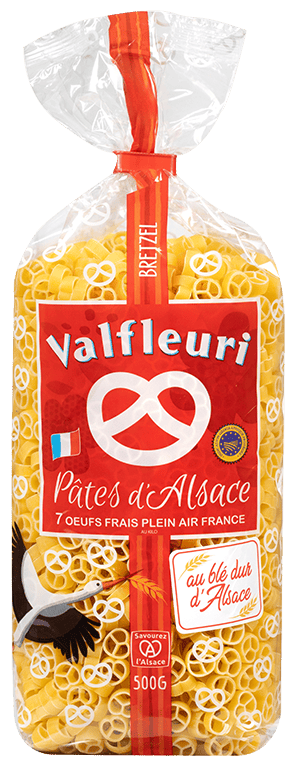From Grain to Plate — How Our Pasta is made
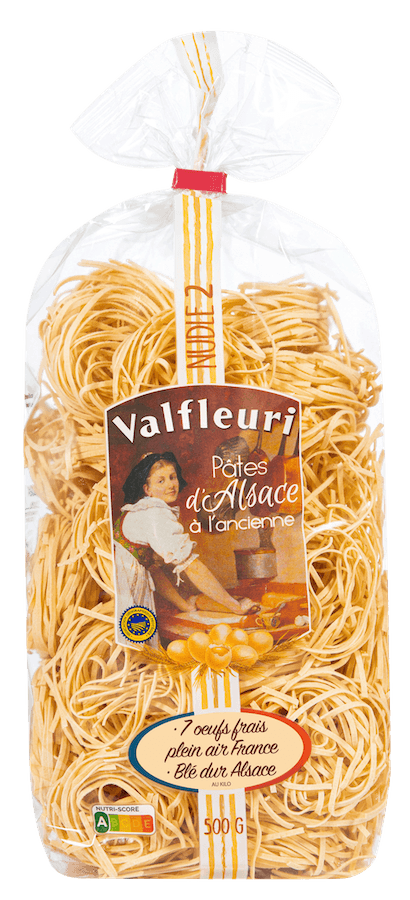

The Nüdle tradition goes back more than 4 centuries in Alsace.
The Nüdle tradition in Alsace spans over four centuries. These rich egg noodles are crafted much like fresh pasta, delivering exceptional flavor, a creamy yellow hue, and a rustic, lightly floured finish.
We blend fresh free-range eggs with durum wheat semolina, kneading with care. A brief resting period allows the egg to permeate the semolina grains. Then the dough is gently stretched through rollers, cut, and shaped into nests. These nests are placed on racks and dried slowly at a low temperature to preserve flavor and texture.
Thin and tasty noodles in the shape of nests
We use kneaders to mix the dough, shape it into fine ribbons, cut to length, and coil into nests. Thanks to our high egg content, we can work with thinner dough sheets and reduce cooking time. Unlike older methods, our compressed dough excludes air, resulting in a beautiful golden color and consistent texture.


« Papillons » or Butterflies, stamped pasta
A large sheet of dough passes through a stamping machine, cutting it into notched rectangles. In the same motion, each rectangle is pinched to form the familiar butterfly shape—delicate yet structured.
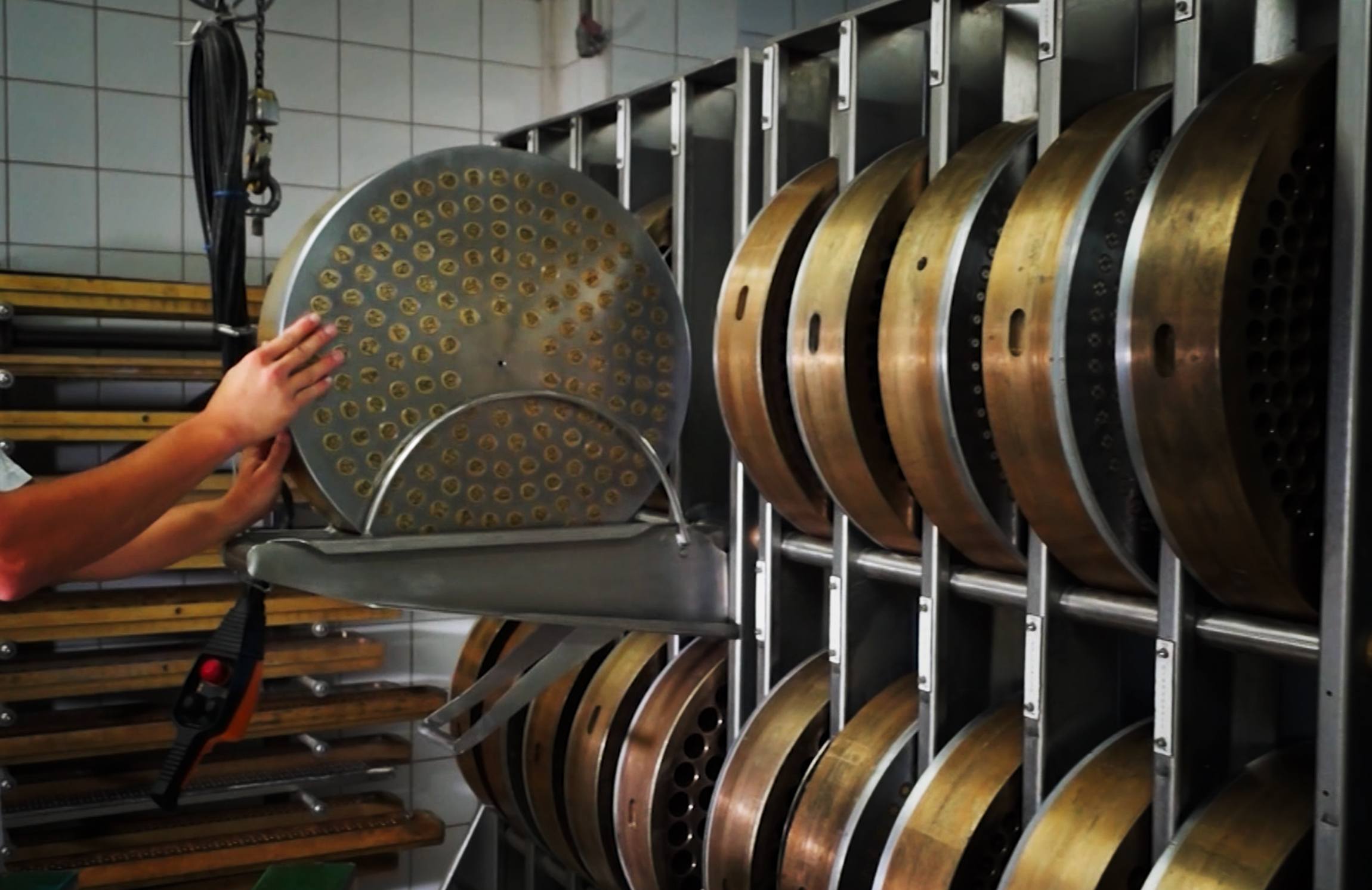

Corolles shaped with a traditional bronze mold
Over 15 years ago, we developed a suite of bronze molds to produce traditional Pâtes d’Alsace shapes (e.g., corolles, rigatoni, tops). Called “al bronzo” in Italian, this technique gives pasta a rough, porous surface—perfect for holding sauces and enhancing flavo
Spätzle, an original know-how
Spätzle have been part of Alsatian cuisine since at least 1507. Our version is made with a semi-liquid egg batter that’s forced through a strainer, producing strands that are briefly blanched before drying. This artisanal technique yields thick, irregular dumplings — excellent when pan-fried with butter.


Spaghetti & Linguine, a classic
Our long pastas are stretched from molds into fine ribbons, then hung on rods to dry gradually. Initially flexible, they stiffen as water evaporates during slow drying. Once dried, the strands are cut and packaged, ready to cook.



